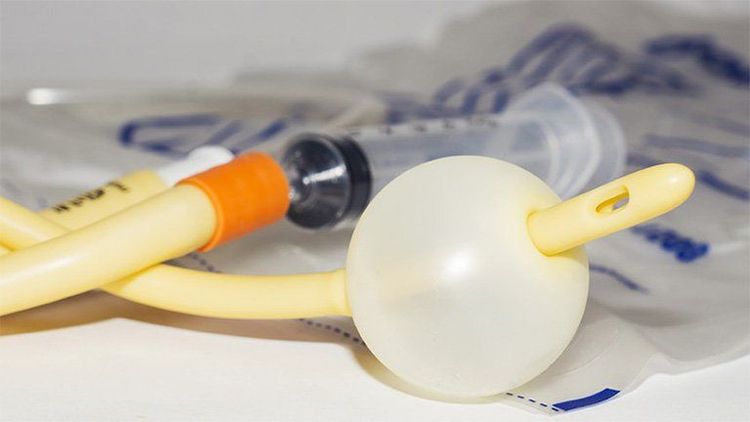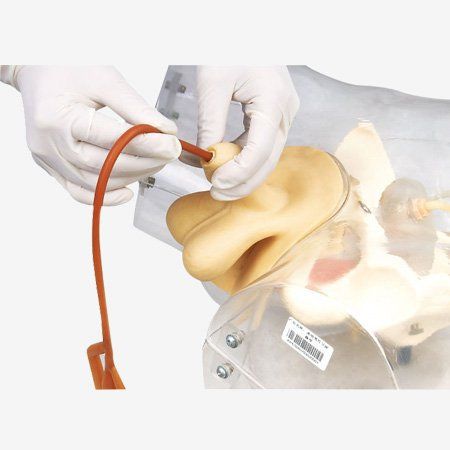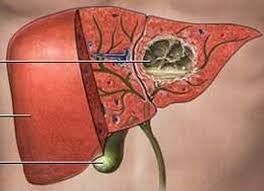This is an automatically translated article.
Because of the high risk of urinary tract infections in fixed catheters, intermittent catheterization is used as an alternative to fixed catheterization in certain situations.
1. What is intermittent catheterization?
Intermittent catheterization is a method in which a catheter can be attached to a plastic bag or urine collection device, the catheter is placed through the urethra to collect urine from the bladder. Intermittent urethral catheters are used for a short time and are removed as soon as urine is cleared and the bladder is empty.
Usually the use of intermittent catheterization is done 4-6 times/day or more times. If placed less often there is a higher risk of UTIs due to the large volume of water in the bladder, if greater than 400ml increases the risk of UTIs.
The implementation of intermittent catheterization can be placed by medical staff, the patient's family or the patient can learn to insert it himself if there are no problems. Self-catheterization can avoid pain during catheterization.

Thông thường việc sử dụng ống thông tiểu ngắt quãng được thực hiện từ 4-6 lần/ngày hoặc nhiều lần hơn
2. When should intermittent catheterization be placed?
In the following cases, intermittent catheterization is indicated:
People with urinary incontinence: When a patient has urinary incontinence, it can cause urine to stagnate in the bladder, increasing the risk of urinary tract infections. urine. Complete bladder paralysis can be seen in neurogenic bladder syndrome or in the recovery phase: The patient may not have a reflex to urinate, urine remains in the bladder for a long time, leading to infection. Urinary retention : Urinary retention can be caused by many causes, in men it is common due to prostate enlargement; Or after surgery such as prostate surgery, genitalia... In addition, intermittent catheterization is also used to overcome the condition of women with leakage when urinating very effectively.

Khi bệnh nhân tiểu tiện không tự chủ có thể làm cho nước tiểu bị ứ đọng trong bàng quang tăng nguy cơ nhiễm trùng tiết niệu
3. Contraindications for intermittent catheterization
Some cases have contraindications to intermittent catheterization such as:
Injury to the bladder, damage to the bladder sphincter, patients undergoing emergency surgery The patient is in the acute stage of the disease.
4. Advantages and disadvantages of intermittent catheterization
Advantages:
Patients will be able to limit the complications of continuous catheterization such as infection, urine leakage, catheter blockage, bladder muscle spasms... Compared to regular catheterization When urinating throughout the day, intermittent catheterization makes the patient feel much more comfortable. Thereby improving the patient's quality of life. Cons:
Needs to be re-measured every day, so daily urine bags must be stored carefully. Self-positioning can be difficult for patients, especially for men. As for women, it will be difficult to find the urethra, in a few cases, causing urethral damage and bleeding.

Cần đo lại nước tiểu mỗi ngày
5. Notes on intermittent catheterization
Need to monitor abnormal signs after catheterization such as:
Regularly monitor vital signs, pulse, temperature, blood pressure Monitor urine output per day Monitor color, water properties Urination Some complications can occur after catheterization:
Infection: Compared with fixed catheterization, intermittent catheterization is less likely to cause infection. However, when there are symptoms such as fever, discomfort when catheterization, cloudy urine, possibly blood... Bleeding due to urethral injury: Signs of bleeding are common right after catheterization, Patient feels pain during catheterization. Causes narrowing of the urethra Urine leakage Urine stagnation, urinary tract stone formation: Found in cases of catheterization few times a day, or not removing all the urine in the bladder each time the catheter is inserted. Sepsis : Uncommon, but very dangerous. Symptoms of the patient are high fever, chills, lower abdominal pain, cloudy urine, possibly blood, bad smell, rapid pulse, change in blood pressure... When you notice abnormal signs, you should immediately notify the facility. medical care for proper and timely treatment.
Some other notes when inserting intermittent catheterization such as:
Need to ensure the following to prevent complications of UTI: Must use clean urinary catheter. Wash your hands with soap before handling the catheter and after the procedure. Clean the genitals every day, especially before inserting a urinary catheter. Drink a lot of water every day, about 1.5 to 2 liters of water. Add foods rich in vitamin C. It is recommended to place several times, to avoid overstretching the bladder, which increases the risk of infection. The use of a home catheter can be reused, but the catheter must be kept clean. Should not be reused many times. To avoid injury to the urethra and to facilitate insertion, a lubricating solution should be used during catheterization. If you are not familiar with it, contact a medical professional to help you place it at home. In addition, urinary catheters have many different sizes suitable for many ages. Choose the type of catheter that is right for you. Intermittent catheterization helps to limit complications caused by fixed catheterization in some indicated subjects. In addition, it helps to improve quality of life, especially in people with urinary incontinence who have to regularly use urinary catheters. Intermittent catheterization prevents patients from having to wear catheters frequently, causing discomfort. If you have questions about intermittent catheterization, consult your doctor.
Although catheterization is a simple procedure, there is a potential risk of urinary tract infection. Therefore, patients need to strictly follow the instructions of the doctor, coordinate well during and after this procedure to increase the success rate and reduce the risk of complications, and at the same time choose a reputable medical facility. , has a system of modern facilities for technical implementation. Currently, Vinmec International General Hospital is one of the leading prestigious hospitals in the country, trusted by a large number of patients for medical examination and treatment. Not only the physical system, modern equipment: 6 ultrasound rooms, 4 DR X-ray rooms (1 full-axis machine, 1 light machine, 1 general machine and 1 mammography machine) , 2 DR portable X-ray machines, 2 multi-row CT scanner rooms (1 128 rows and 1 16 arrays), 2 Magnetic resonance imaging rooms (1 3 Tesla and 1 1.5 Tesla), 1 room for 2 levels of interventional angiography and 1 room to measure bone mineral density.... Vinmec is also the place to gather a team of experienced doctors and nurses who will greatly assist in diagnosis and detection. early signs of abnormality in the patient's body. In particular, with a space designed according to 5-star hotel standards, Vinmec ensures to bring the patient the most comfort, friendliness and peace of mind.
Please dial HOTLINE for more information or register for an appointment HERE. Download MyVinmec app to make appointments faster and to manage your bookings easily.













